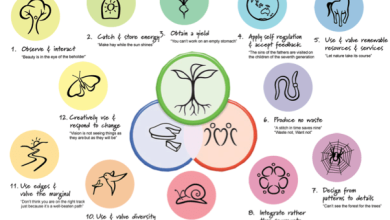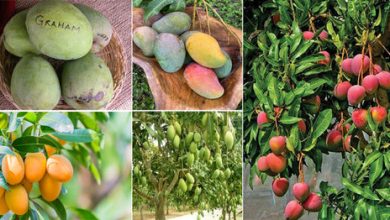Pests and Diseases of Chayote: Complete Guide with photos
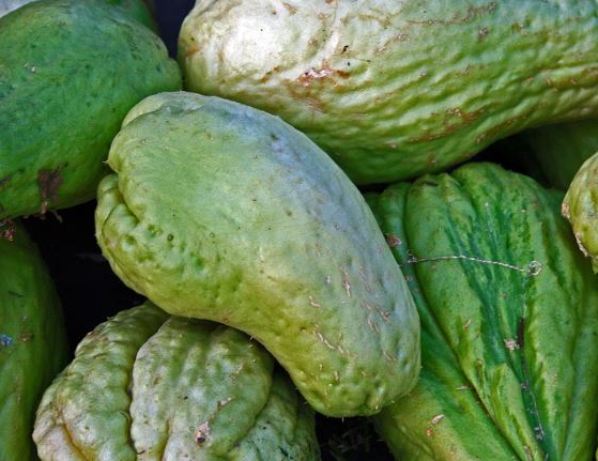
Very good to all Agrohuerters! I keep freaking out about chayote, I can’t stop reading manuals on how to grow it, its properties, the number of dishes that can be made with it, etc… I’m looking forward to taking a few to Spain to plant in the garden, I hope they don’t stop me in customs ^^

For now, I leave you with this information about chayote pests and diseases and some solutions to combat them ecologically.
1. Chayote pests and diseases
At Agrohuerto we have been dealing with the issue of common pests and diseases that can affect our orchard for some time, so many of them are already known to us and we can deal with them without problems by reviewing the advice left by authors such as Lucía, Sandra or Dani. Thus, the chayote pests and diseases that are familiar to us are:
1.1. the red spider
We can easily identify it if we observe clear crusts on the fruits and that the leaves turn yellowish. We can also observe the spiders of a characteristic reddish color. It is very important to control it in our chayoteras because this pest is associated with the transmission of other diseases such as mange or scab (it is an insect vector, it can carry diseases).
1.2. the white fly
We can identify this fly by turning the leaves over, normally that is where they rest and lay their eggs. The most visible damage occurs in leaves and stems, sometimes they can generate spots on the fruits, which causes their commercial rejection. With a simple control with chromatic traps it is enough.
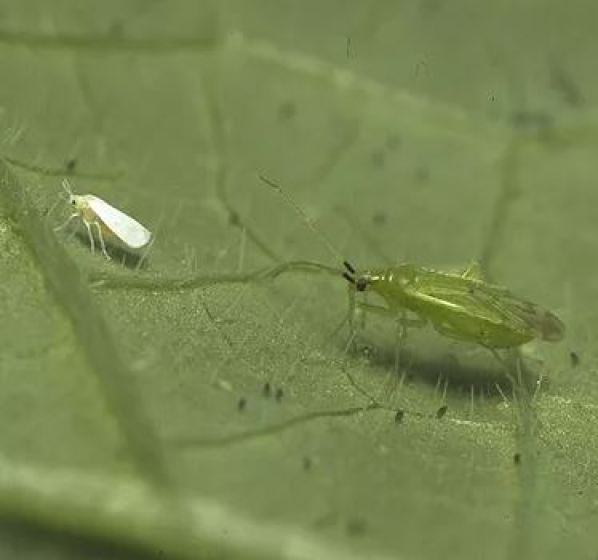
1.3. Mining insects
We have already talked about some mining insects such as the Tuta (moth) or the Liriomyza (mining flies). In this case, chayotera is usually affected by lepidoptera (moths) of the Pyralidae genus, Diaphania hyalinata and Diaphania nitidalis, moths that generally affect all cucurbits.
As you know, it is the larvae that dig galleries in the leaves, leaving those characteristic marks. The worst damage is recorded in the fruits, these larvae are introduced inside creating galleries that cause the fruit to rot and allowing other fungal diseases to penetrate.
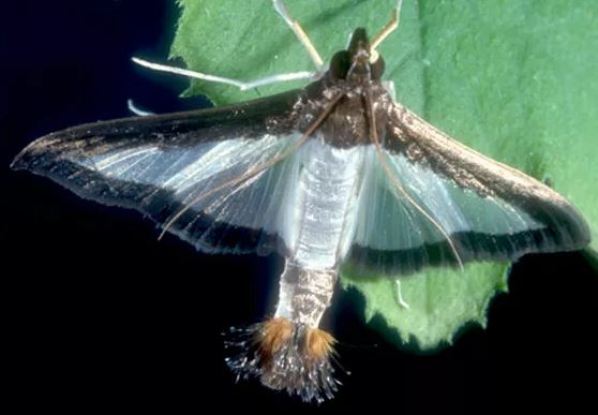
To control these moths, I recommend cultural practices, as in the case of the cabbage butterfly, observing the leaves to destroy the eggs and capturing all live moths with chromatic traps and pheromones. In this way you will not have to use chemical treatments, although if things get out of hand, you can always use the famous Bacillus thurigiensis.
2. Chayote diseases: fungi
Although we have already talked about fungi in the garden in a general way, in this section I will focus on some more specific diseases of this species. Many of them are linked to very humid environments or the rainy season, so they would not have to appear in drier or Mediterranean environments.
2.1. fusarium oxysporium chayote
Among the types of fusarium, the one that could affect chayotes is Fusarium oxysporium, a fungus that mainly attacks the roots, causing them to rot. It is easily manifested by a general wilting and yellowing of the plant.
To combat this fungus, it is recommended to eliminate the affected specimens, always use healthy seeds or fruits to plant and carry out a solarization prior to planting if the land has been affected by this problem before.
Solarization consists of covering the affected soil with transparent plastic, previously watered, in a hot season. Solar radiation will affect the plastic by heating the space between it and the ground to such a temperature that it will kill the fungus spores.
2.2. chayote bladder
Within the plagues and diseases of the chayote, I did not know this one. Bladder is a disease that affects the fruit both on the plant and after being harvested. This disease is caused by two different fungi:
Micovellosiella cucurbiticola: Produces watery pustules on the fruit.
Mycovellosiella lantana: Produces small dry-looking pustules on the fruit.
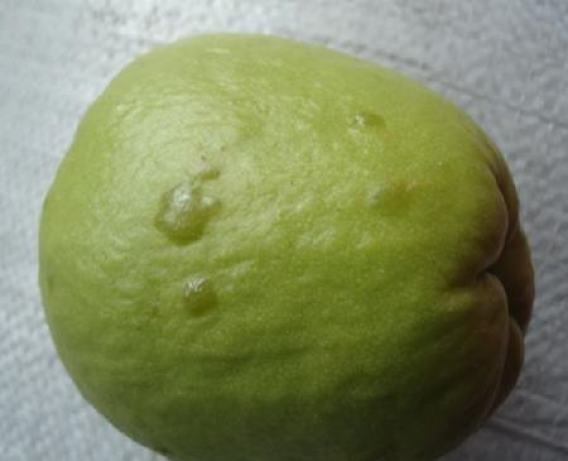
These fungi manifest themselves in humid areas, they are linked to very rainy seasons, seasons that do not occur in Spain, where rainfall is not so continuous. Likewise, to prevent the appearance of this disease, it is convenient to keep the soil well drained, for this you can always plant in ridges if your soil is very clayey and you are in an area of high rainfall.
23. chayote white freckle
This disease, caused by the fungus Ascochyta phaseolorum, produces small white spots with a sunken appearance on the fruits, which causes their commercial rejection. It also attacks stems and leaves causing brown spots. To combat it, it is advisable to use cultural measures to prevent its appearance before using fungicides.
Among these cultural measures, I highlight increasing the distance between plants to be able to observe and eliminate affected specimens and always use healthy fruits for planting.
I hope that with these tips we can prevent the appearance of problems in our chayoteras. Finally I leave this video here for you to take a look at.
References
- Melo, C., Picanço, M., Santos, A., Santos, I., Pimentel, M., Santos, A., Blank, A., Araújo, A., Cristaldo, P., Bacci, L. (2018). Toxicity of essential oils of Lippia gracilis chemotypes and their major compounds on Diaphania hyalinata and non-target species, Crop Protection,104, 47-51.
- Ordonez, AAL, Gomez, JD, Vattuone, M., lsla, M. (2006). Antioxidant activities of Sechium edule (Jacq.) Swartz extracts, Food Chemistry, 97(3), 452-458.
- Bhattacharjee, B., Pathaw, N., Chrungoo, N., Bhattacharjee, A. (2016). Molecular modelling, dynamic simulation and characterization of antifungal chitinase from Sechium edule, Gene, 606, 39-46.
And as always, any questions or contributions are welcome. All the best!

![Photo of Heather Pests and Diseases: [Detection, Causes and Solutions]](https://www.complete-gardening.com/wp-content/uploads/2022/08/heather-pests-and-diseases-detection-causes-and-solutions-390x220.jpg)
